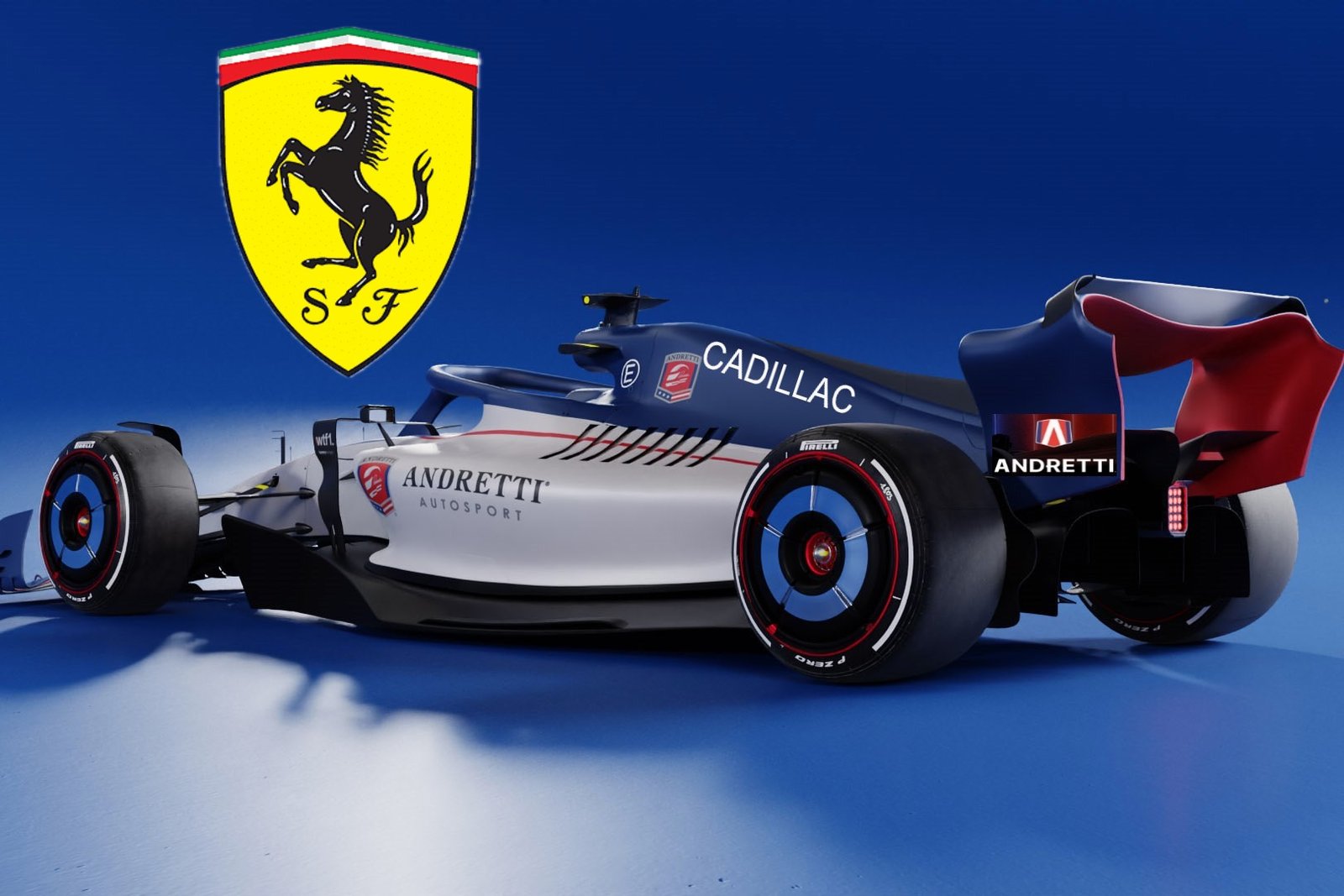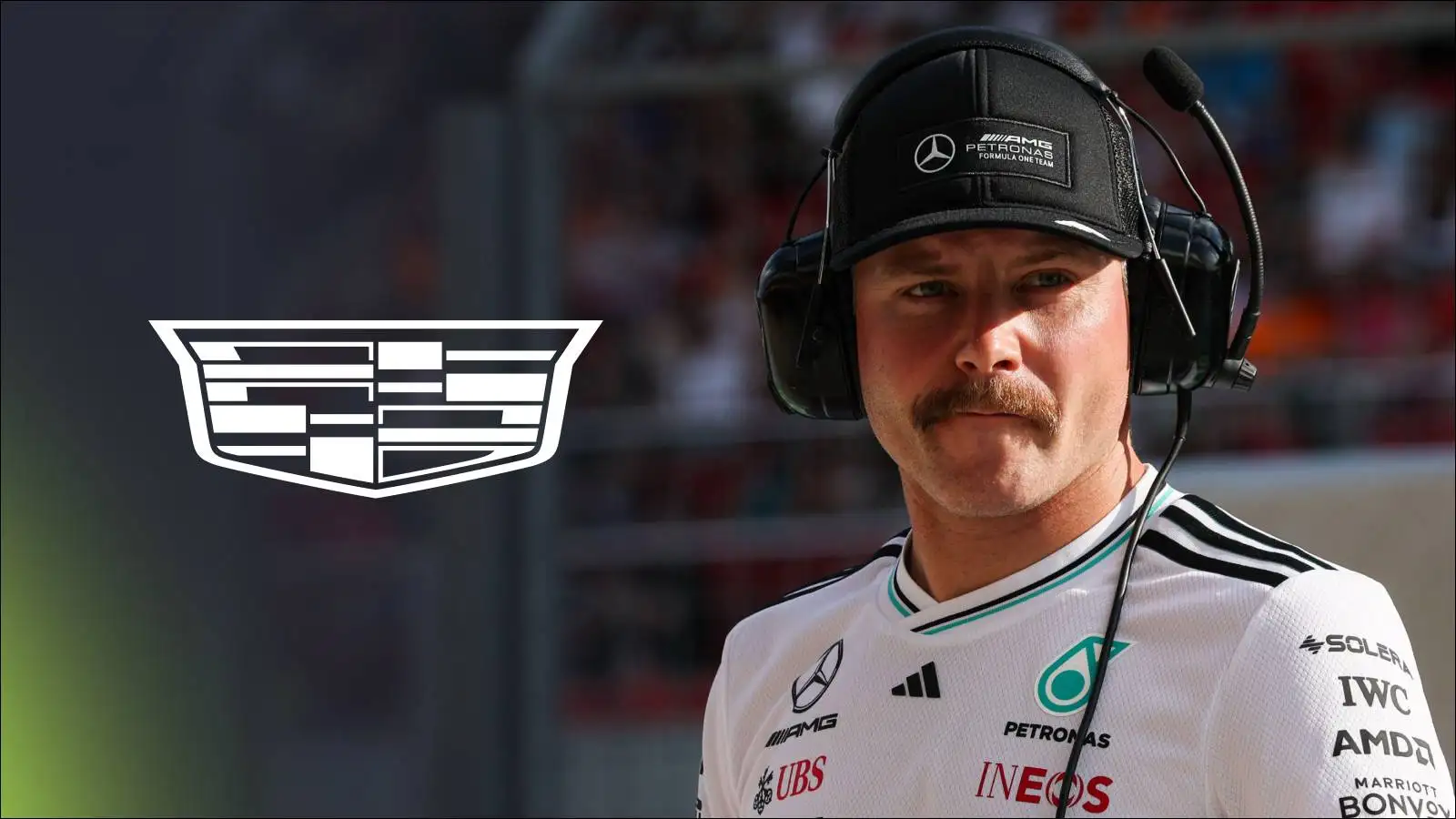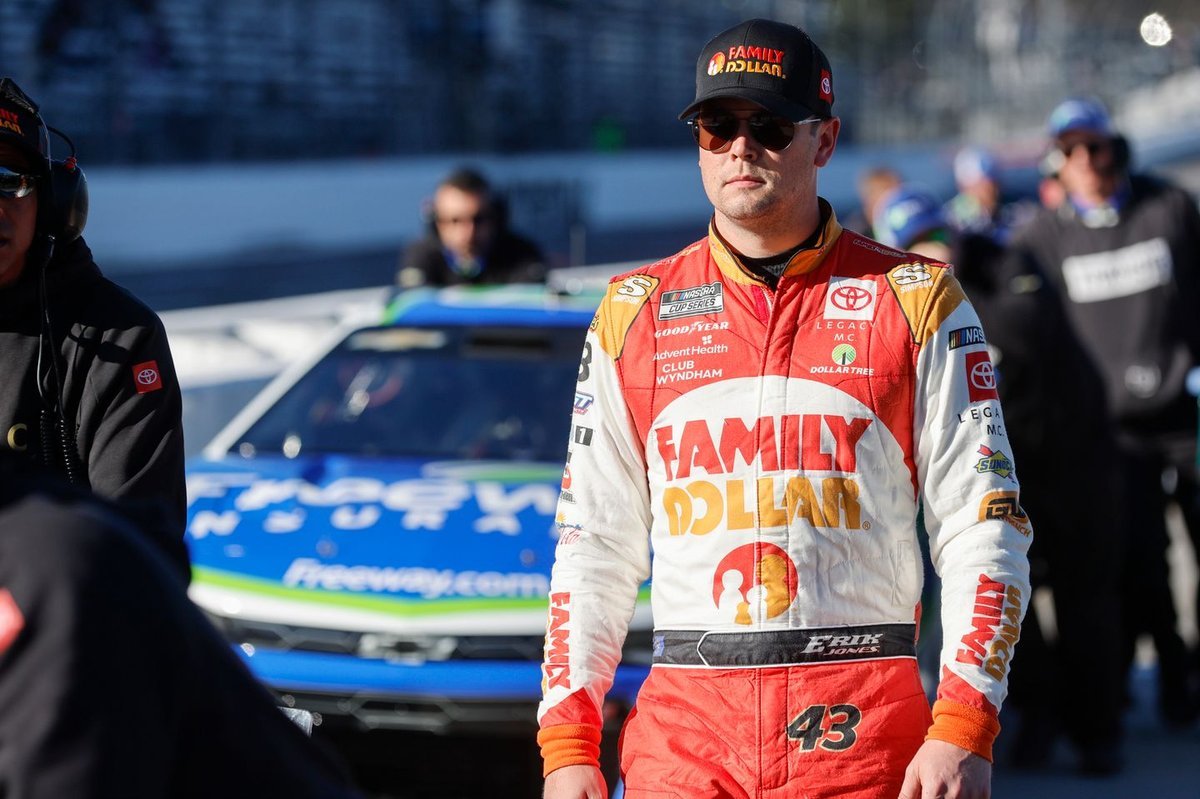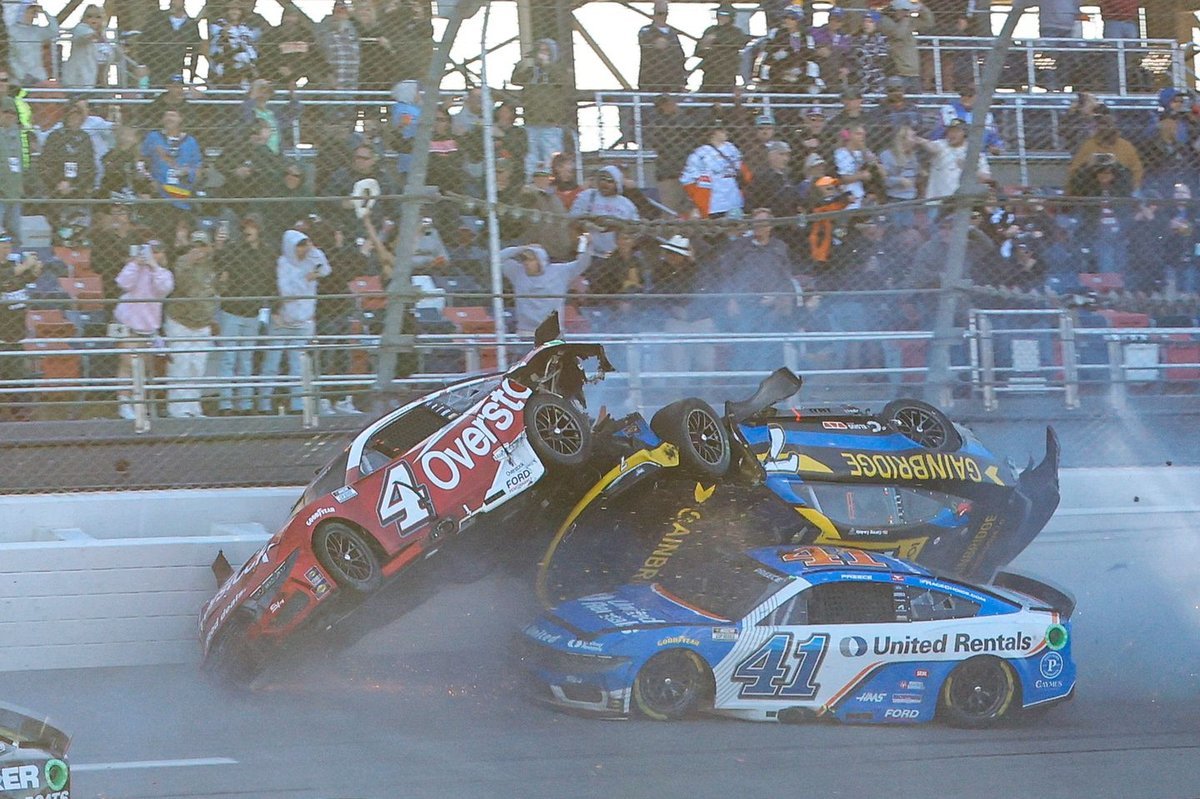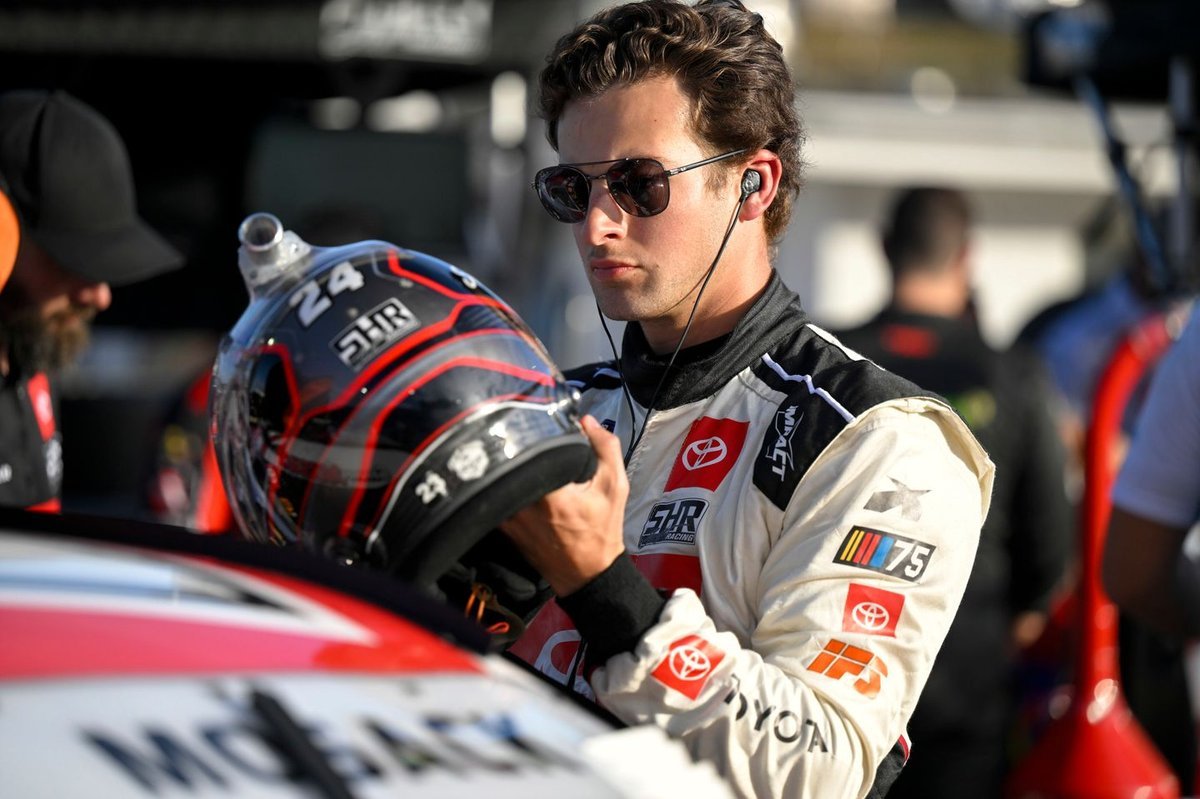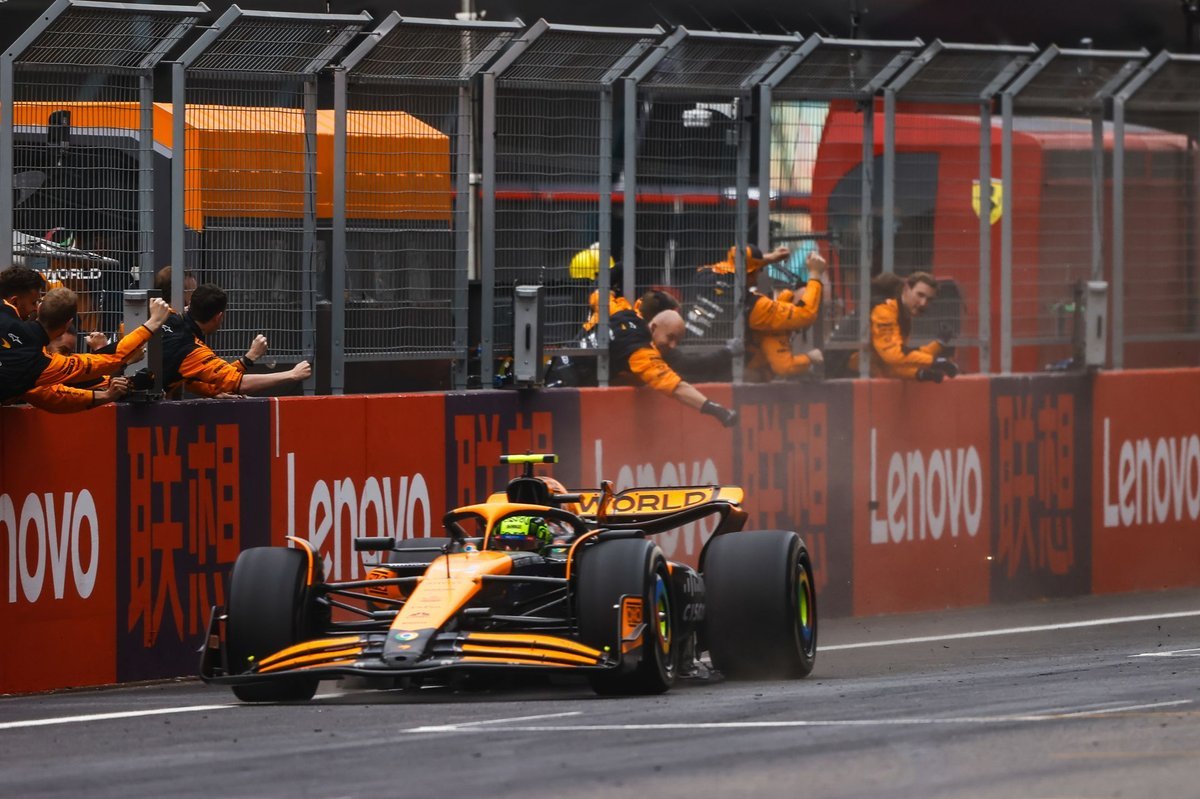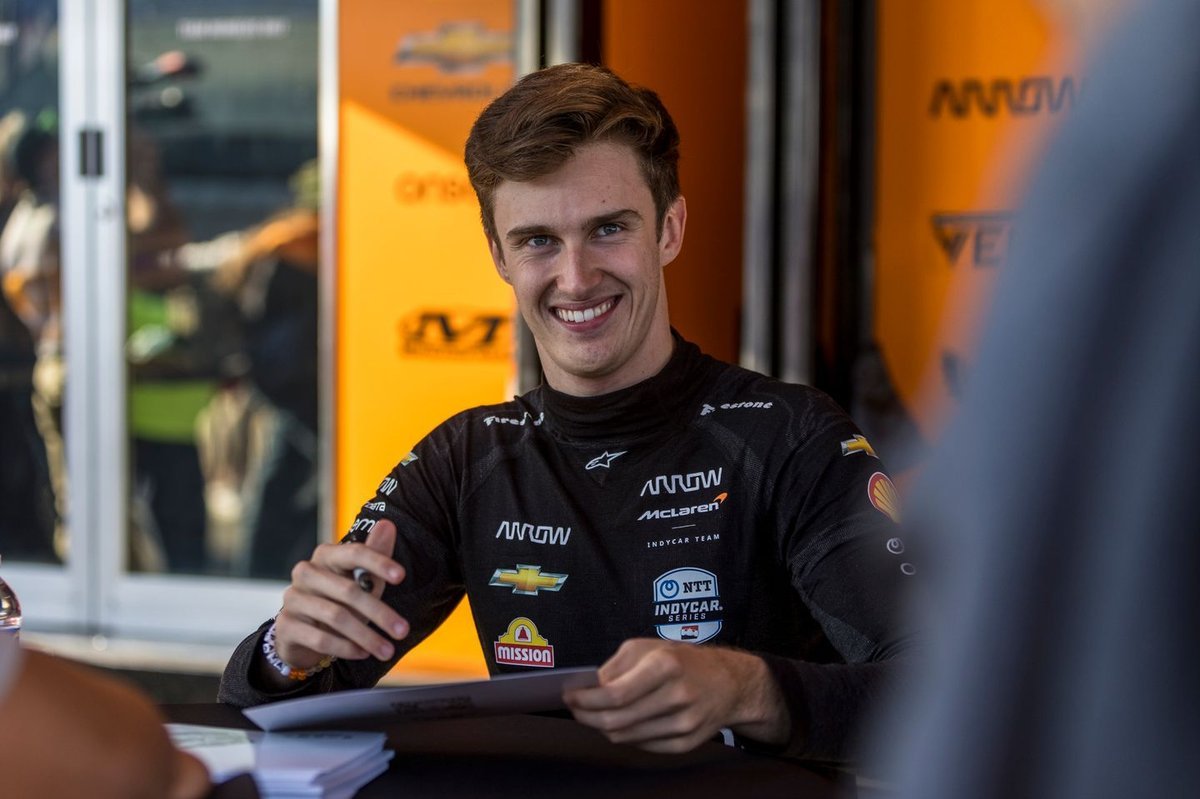In a groundbreaking announcement that has sent shockwaves through the motorsport world, Cadillac has revealed its ambitious plans to enter Formula 1 with Ferrari power units for the 2026 and 2027 seasons. This partnership, combining American ingenuity with Italian engineering, represents a fascinating twist in the ever-evolving narrative of Formula 1. However, what truly sets this endeavor apart is Cadillac’s bold commitment to transition to their own General Motors-developed power unit starting in 2028, signaling a significant milestone in the brand’s motorsport journey.
For Cadillac, stepping into the fiercely competitive world of Formula 1 is more than just a racing venture—it is a statement of intent. As part of General Motors, one of the largest automotive manufacturers in the world, Cadillac’s entry is a testament to the growing global appeal of Formula 1. With the sport’s popularity surging in the United States, particularly after the success of Netflix’s Drive to Survive series, the timing couldn’t be better for an iconic American brand to throw its hat into the ring.
Partnering with Ferrari, a team synonymous with excellence and tradition, gives Cadillac a robust foundation for its entry. Ferrari’s power units have consistently demonstrated exceptional performance, reliability, and innovation, making them one of the most sought-after engines on the grid. By leveraging Ferrari’s cutting-edge technology and expertise, Cadillac ensures that its cars will have a competitive edge as they navigate the complexities of the sport’s new regulations set to debut in 2026.
The decision to collaborate with Ferrari for the initial phase is both strategic and pragmatic. Developing a Formula 1 power unit from scratch is an arduous process, often requiring years of research, testing, and refinement. By aligning with Ferrari, Cadillac can focus on integrating their design philosophy and brand identity into the chassis and aerodynamics of their cars while relying on a proven power unit to deliver results on track. This collaboration also provides Cadillac engineers with a valuable opportunity to learn from Ferrari’s expertise as they work towards developing their own powertrain.
Looking ahead to 2028, Cadillac’s ambition to produce an in-house power unit under the General Motors banner is a bold and visionary step. This move represents not only a significant technical challenge but also a commitment to establishing Cadillac as a standalone powerhouse in Formula 1. The new power unit will likely incorporate advanced hybrid technologies, aligning with Formula 1’s push for sustainability and efficiency in the years to come. Cadillac’s engineers are expected to draw on General Motors’ extensive experience in electric and hybrid vehicle technology, particularly from their successful ventures in consumer EVs like the Chevrolet Bolt and the Cadillac Lyriq.
The transition to a proprietary power unit also underscores General Motors’ long-term commitment to Formula 1. By investing heavily in research and development, GM aims to position Cadillac as a competitive force capable of challenging the established giants of the sport. The journey from customer team to full-fledged constructor with its own powertrain mirrors the trajectory of several successful teams in F1 history, adding an exciting layer of intrigue to Cadillac’s plans.
Beyond the technical aspects, Cadillac’s entry into Formula 1 holds immense marketing potential. As the first major American brand to join the grid in decades, Cadillac has a unique opportunity to capitalize on Formula 1’s growing fanbase in the U.S. and beyond. The prospect of an American team battling it out with European powerhouses on the world stage is sure to captivate audiences and ignite national pride. This move also aligns perfectly with Formula 1’s expansion strategy, which includes additional races in the United States and a broader push into untapped markets.
The announcement has already sparked widespread excitement and speculation among fans and experts alike. Questions abound: How will Ferrari’s power unit complement Cadillac’s car design? What kind of partnership will emerge between the two brands in terms of technical collaboration? And perhaps most intriguingly, how will Cadillac’s in-house power unit stack up against established players like Mercedes, Honda, and Renault when it debuts in 2028?
While the road ahead is fraught with challenges, Cadillac’s entry promises to inject a fresh dose of energy and competition into Formula 1. The combination of Ferrari’s proven power with Cadillac’s innovative spirit creates a compelling narrative for the team’s debut seasons. Meanwhile, the looming prospect of a Cadillac-built powertrain adds a layer of anticipation, as fans and rivals alike await the moment when General Motors’ engineering prowess is put to the ultimate test.
As the 2026 season draws closer, all eyes will be on Cadillac to see how they rise to the occasion in the high-stakes world of Formula 1. With Ferrari as their launchpad and their own engine project on the horizon, Cadillac’s journey is set to be one of the most intriguing stories in motorsport’s modern era. One thing is certain: the roar of Cadillac’s engine, be it Ferrari-built or homegrown, is destined to echo loudly across the F1 paddock.

